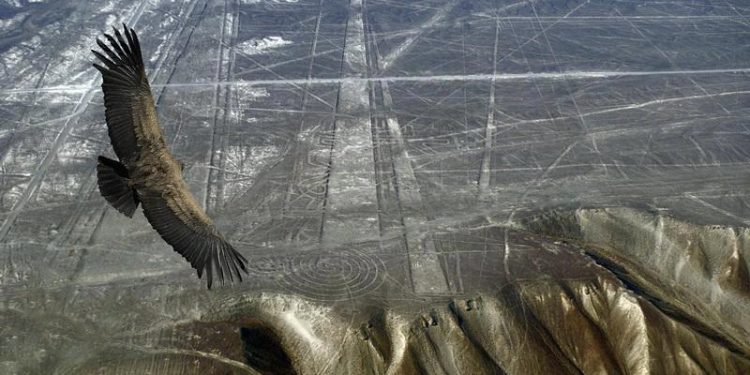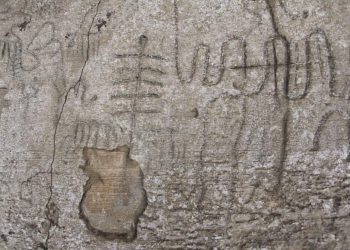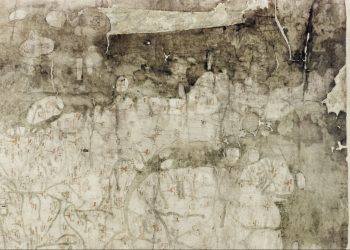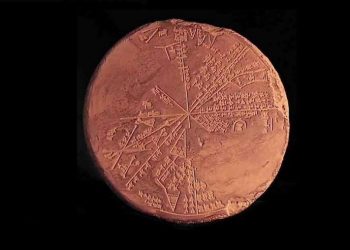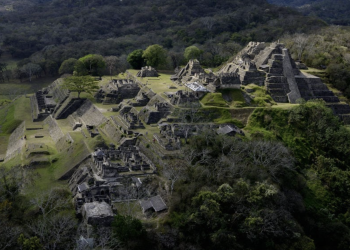When you speak about Peru, you can’t help and mention its incredibly rich history.
Whether its ancient cities you want, lost treasures, or mysterious symbols carved on the arid desert floor, this country has it all.
Meet the Palpa Lines
And while all of us are familiar with the so-called Nazca Lines, the truth is that Peru has more than just Nazca.
Spanning back at least 1,000 years before The Nazca Lines, a mysterious people carved a set of intricate symbols into the desert.
So far, experts have identified more than 1,600 lines created in the Palpa region, not far from the more famous Nazca Lines.
These enigmatic figures, symbols, and geometric patterns were carved in the distant past by the Paracas culture, an ancient Andean people that inhabited the region from around 800 BC.
According to historians, the Paracas culture is considered the precursor that influenced the development of the Nazca Lines.
In other words, the Nazca people were inspired by the Paracas to create these stunning lines.
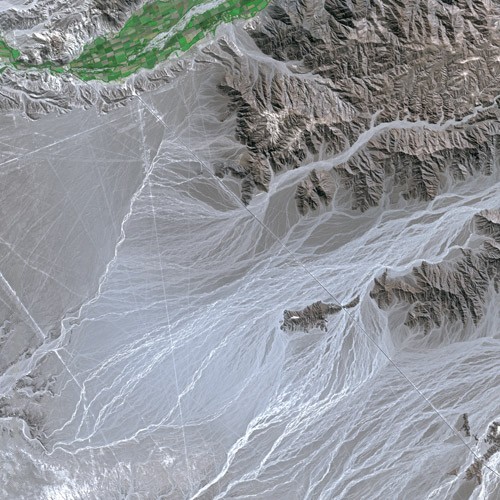
Location and Purpose
The Palpa lines represent various symbols, as well as human and animal zoomorphic figures. Located between the tows of Sacramento, Pinchango, and Llipata in Peru their real reason remains an enigma.
Were the Palpa Lines created as religious symbols?
Did the ancient Paracas culture create the lines as astronomical observatories?
Or is there a far more mysterious purpose to them?
Why symbols? Why Lines?
For decades, anthropologists, ethnologists, and archaeologists studied the ancient Nazca culture to try and understand the exact purpose of the lines and figures.
One of the most famous hypotheses has it that the Nazca people created these massive symbols to be seen by deities in the sky.
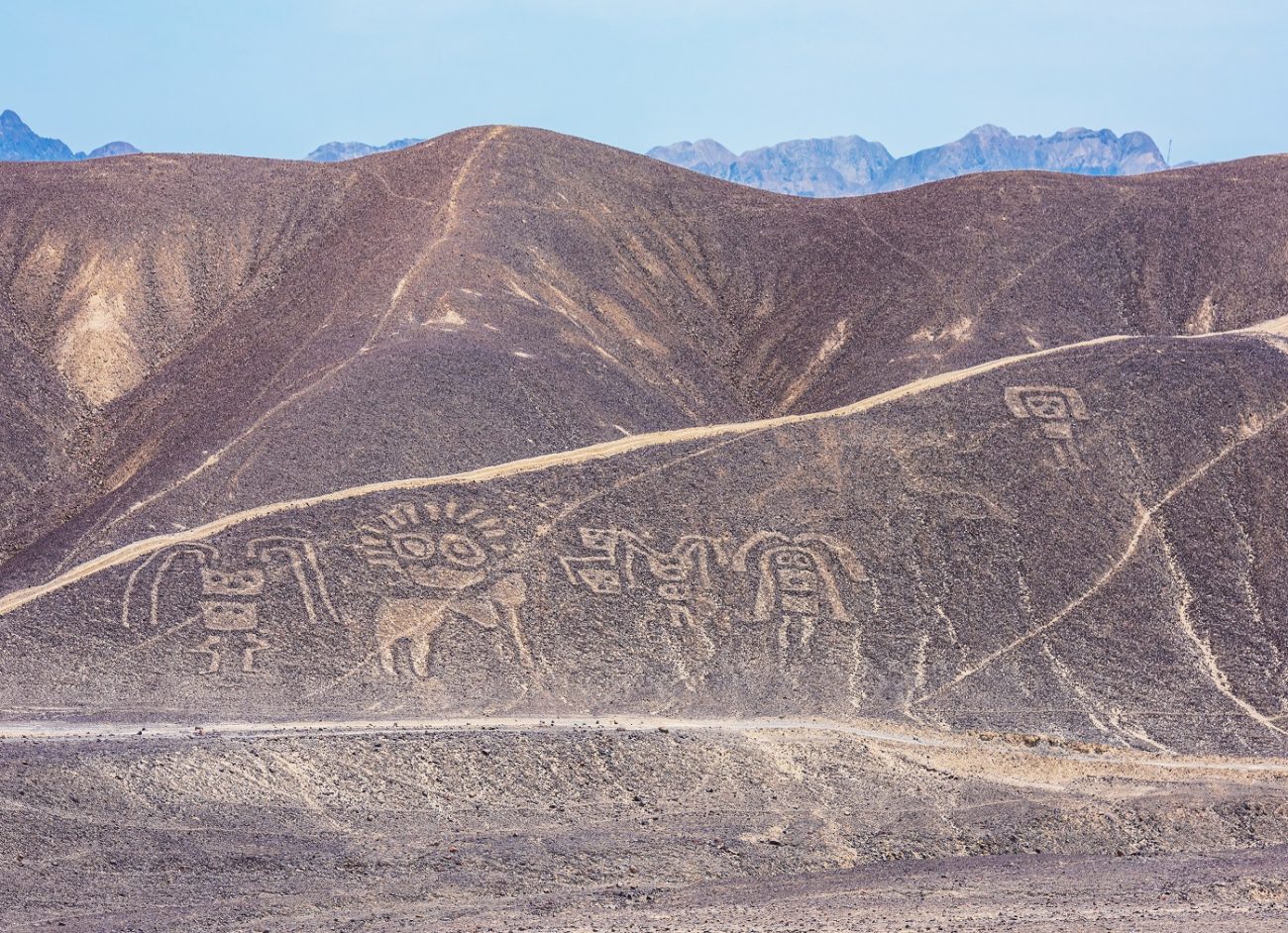
Nazca vs Palpa
Both the Nazca Lines as well as the Palpa lines are breathtaking ancient pieces of art. However, there are a few differences between them that are noteworthy.
Many people think of the Nazca lines when they see the massive runway-like stripes on the arid desert floor.
Not many know that these enigmatic ‘runways’ do not belong to the Nazca lines. Instead, these majestic works of ancient people are part of the breathtaking Palpa Lines.
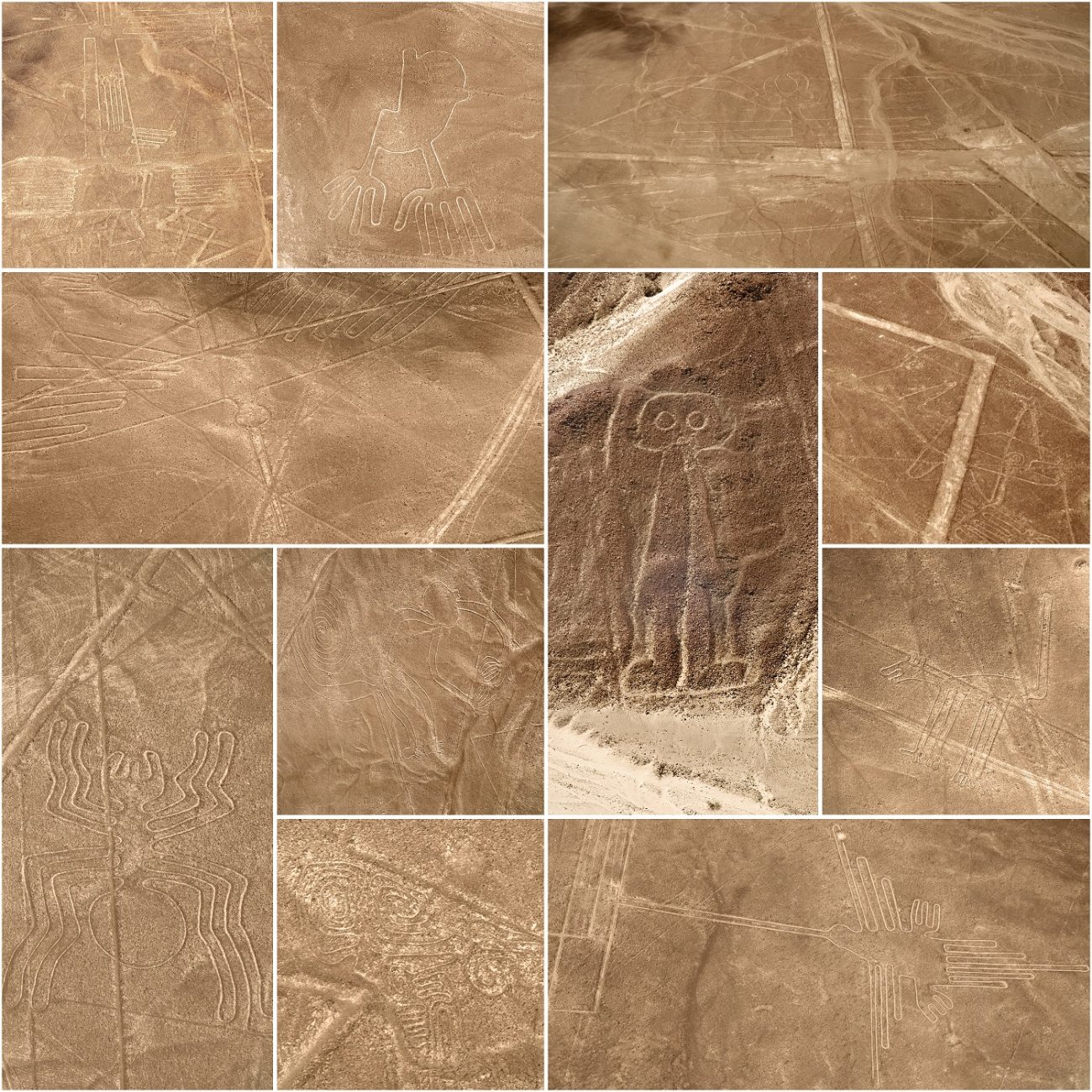
In fact, experts have agreed that these intricate lines located on the Peruvian mountaintops are some of the most enigmatic features at Palpa.
One of the most intriguing symbols found at Palpa is a massive star symbol, also commonly referred to as the Ancient Peruvian Mandala.
The odd shape was etched in an extremely arid, and isolated area, atop a mountain plateau.
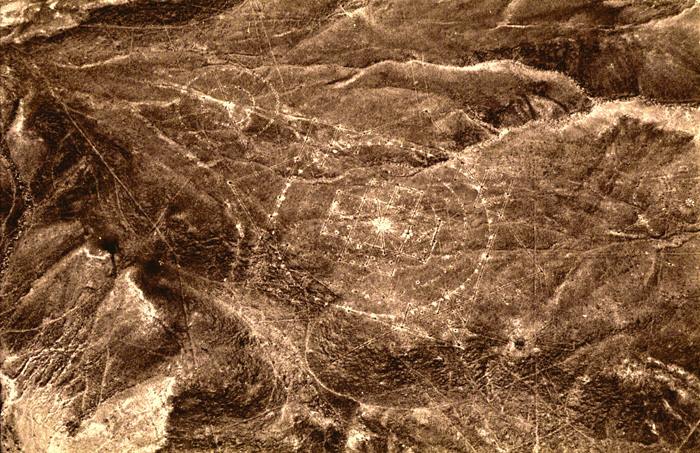
But what’s a Mandala doing in Peru? The Mandala symbol is one of the most famous ritual symbols in Indian religion and is thought to represent the universe.
Today, the word mandala is used to describe any chart or geometrical pattern that represents the cosmos.
The Peruvian Mandala measures around 180 feet across, and features an inner circle of the same diameter. Many other smaller circles around 20 feet across were also etched into the arid landscape together with a series of strategically placed holes.
Join the discussion and participate in awesome giveaways in our mobile Telegram group. Join Curiosmos on Telegram Today. t.me/Curiosmos



